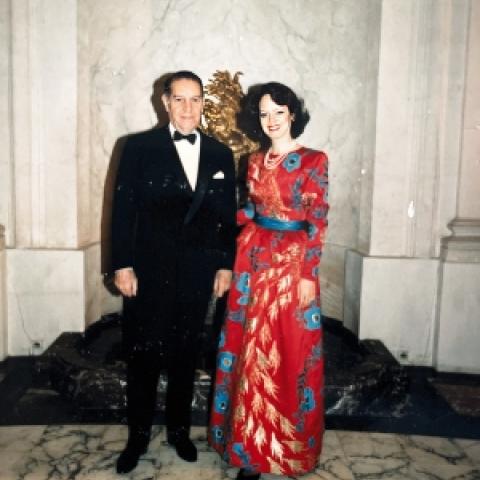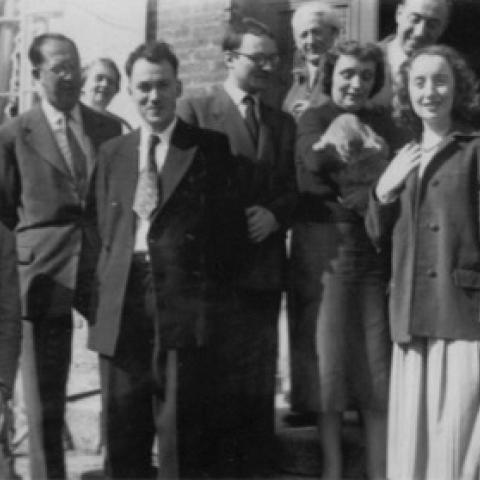
Nunc Dimittis
Louis Thiry, French organist, professor, and composer, died June 27. Born February 15, 1935, in Fléville-devant-Nancy, France, he spent his childhood on the family farm in Frocourt, where he enjoyed riding his bicycle in the countryside. Naturally curious, he found a detonator in the fields and brought it to his grandmother’s home in Nancy. Unfortunately, it exploded, permanently damaging his left hand and rendering him blind at the age of nine. While listening to the radio, he discovered his love of music. In spite of his handicaps, he began to study organ with Jeanne Demessieux at the Nancy Conservatory, where he obtained a first prize in organ in 1952. He then studied with André Marchal at the Institute for the Blind in Paris and entered Rolande Falcinelli’s class at the Paris Conservatory, where he received first prizes in organ and improvisation in 1958.
Louis Thiry taught in Metz at the Saint-Dié Organ Academy and at the Rouen Conservatory (1971–2000). Among his students were Norbert Pétry, Alain Mabit, Nicolas Pien, Benjamin Alard, and François Ménissier.
Olivier Messiaen highly appreciated Thiry’s colorful registrations, virtuosity, and deep spiritual interpretations of his complete organ works, recorded on the Metzler organ at Saint-Pierre Cathedral in Geneva (Calliope, 1972; reissued by La Dolce Volta, 2018). Thiry performed twice on the organ Messiaen presided over at Sainte-Trinité Church in Paris: the Livre d’orgue on June 21, 1992, in a concert given with Olivier Latry; and on March 29, 1995, Livre d’orgue, Verset pour la Dédicace, and Apparition de l’église éternelle during the first Messiaen Festival there (recorded by Jade).
Among Louis Thiry’s other CDs: J. S. Bach’s Well-Tempered Clavier on the Koenig organ at the Temple d’Auteuil (Arion, 1972, 1975); Sweelinck on the Kern at the Notre-Dame des Blancs Manteaux Church in Paris (Arion, 1975); Nivers on the Clicquot in Houdan (Solstice, 1985); J. S. Bach’s The Art of the Fugue on the Silbermann at Saint Thomas Church in Strasbourg (Studio SM, 1993); and Guillaume de Machaut, Guillaume Dufay, and Josquin Desprez on the 1732 Lefebvre organ at the Charles-Nicolle Hospital Chapel in Rouen, where he was organist (Hortus, 2004).
In 1970, Louis Thiry met Sister Dominque at the Benedictine Abbey Sainte-Marie in Maumont, near Angouleme. For the next thirty years, he composed liturgical music for this abbey. Written on four-line staves, his non-measured and modal music elucidates the texts, as in Gregorian chant. A CD of his compositions was recorded in 2000.
Louis Thiry is survived by his wife Bernadette, his children Pierre, Anne, and Emmanuel, and his grandchildren.




